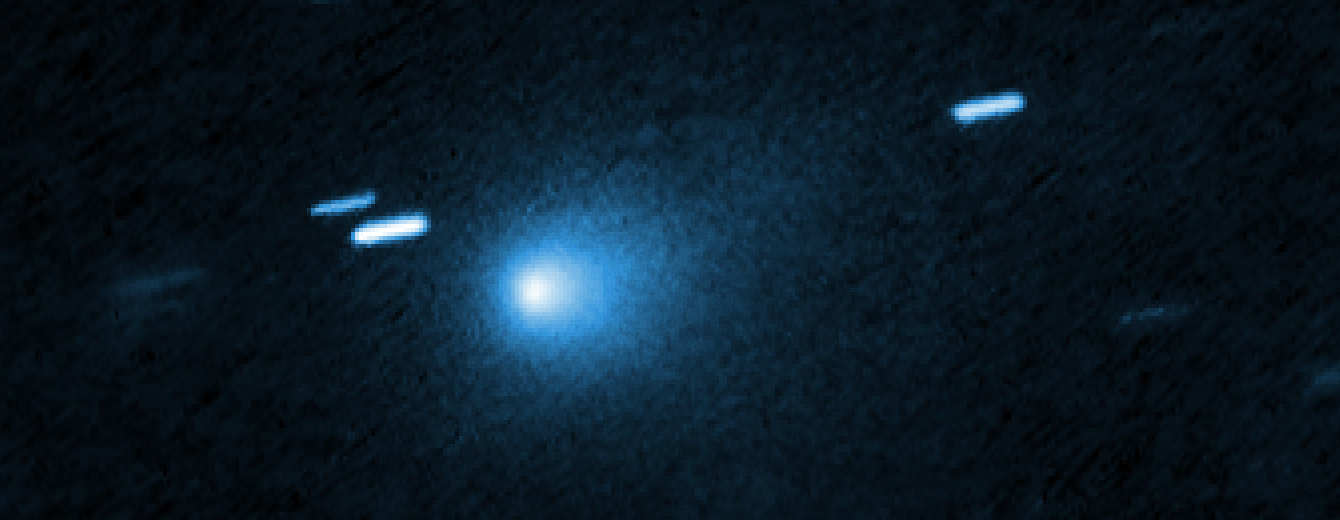
Icy Comet Nucleus is No Bigger Than a Few Miles Across
When an unexpected visitor from deep space was discovered in early July 2025, among the biggest mysteries were: What is it? and How big is it? Hubble observations helped answer these questions. The interstellar vagabond, 3I/ATLAS, behaves like a comet. Hubble sent back crisp pictures of a teardrop-shaped cocoon of dust coming off the comet towards the Sun, then blown back by sunlight. Hubble’s sharp vision shows that the comet’s solid, icy nucleus can’t be much bigger than 3.5 miles across. This ancient, central “snowball” is too small and far away to be directly observed by Hubble, at least for now. Another big question is: Where did it come from? This is completely unknown. Its high velocity is evidence that it took many billions of years to arrive at our solar system from a far corner of our galaxy.
Find additional resources at www.stsci.edu
You are receiving this email because you are subscribed to the Inbox Astronomy mailing list.
No comments:
Post a Comment